If you’re visiting a shrine in Japan, don’t miss the chance to try omikuji—traditional Japanese fortune-telling paper slips that reveal your luck in areas like love, health, and travel. Found at most shrines and temples, omikuji is a fun and spiritual experience that offers a deeper connection to Japanese culture. Whether your fortune is good or bad, there’s meaning behind every message—and it’s a memorable part of any trip to Japan.
What Is Omikuji? A Brief Introduction
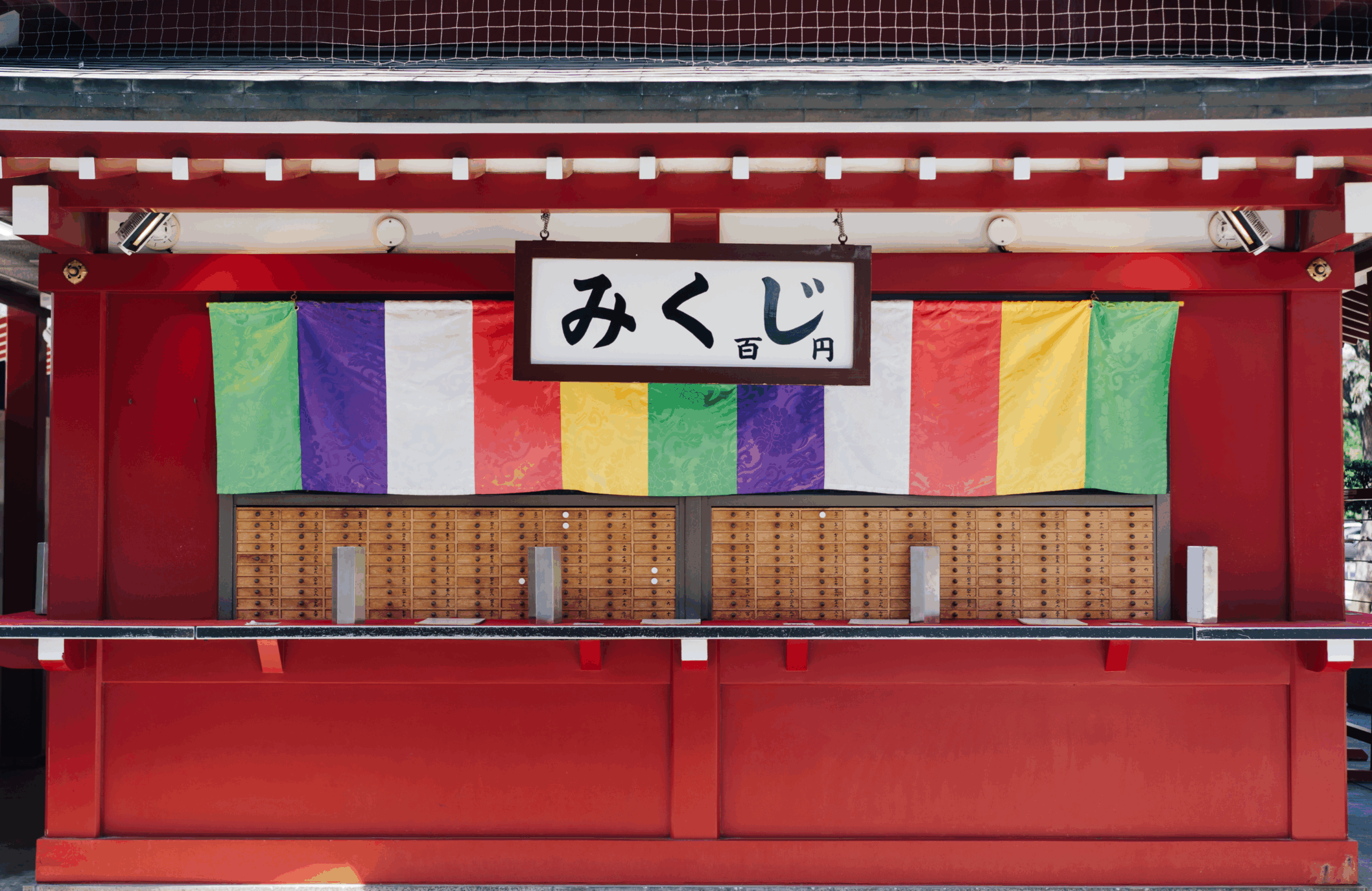
Omikuji is a traditional Japanese form of fortune-telling found at shrines and temples. These small paper fortunes offer insights into various aspects of your life—like love, health, travel, or career—and are a fun way to connect with Japanese culture during your visit.
What Is Omikuji(おみくじ)?
Omikuji, written as おみくじ in Japanese, means “sacred lot” or “fortune slip.” Visitors draw these fortunes to learn what the future may hold. Whether you’re spiritual or just curious, it’s a unique part of shrine visits in Japan.
A Traditional Fortune-Telling Ritual at Shrines
Omikuji is commonly found at Shinto shrines, where people seek blessings and guidance. It’s a fun, reflective experience that blends ancient beliefs with everyday life in Japan.
Historical Background and Cultural Significance
Omikuji has roots in centuries-old Buddhist and Shinto traditions. It’s more than just luck—drawing a fortune is a way to reflect on your path and mindset. Even today, many Japanese people turn to omikuji during the New Year or special shrine visits.
Shrines That Offer Omikuji in English
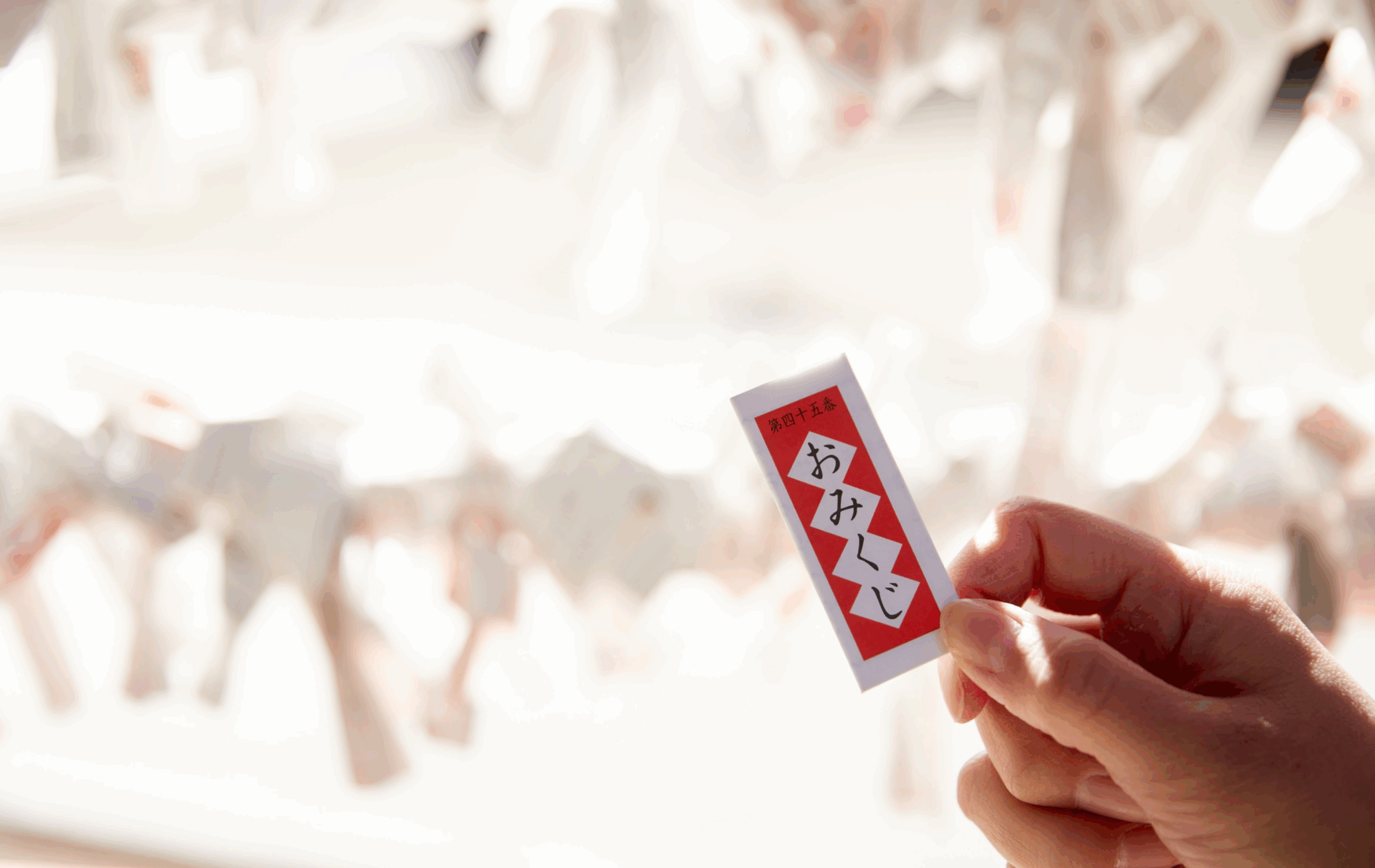
Most shrines across Japan have omikuji, and an increasing number offer English versions for international visitors. Major tourist spots like Meiji Shrine in Tokyo or Fushimi Inari in Kyoto often have bilingual options—so don’t worry if you don’t read Japanese!
What’s the Difference Between Shrine Omikuji and Temple Omikuji?
Shrines (Shinto) and temples (Buddhist) may both offer omikuji, but the prayers and spiritual focus can differ. Shrines often bless worldly matters like relationships and business, while temples focus more on karma and inner peace. Either way, omikuji is worth trying at both!
How to Draw Omikuji at a Shrine
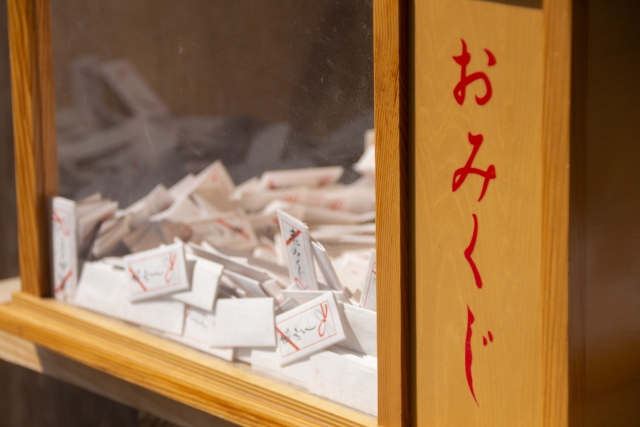
Trying omikuji is easy and fun. Here’s a simple step-by-step guide:
Step 1: Make a Small Offering
Place a coin (typically ¥100) in the offering box as a gesture of respect.
Step 2: Draw Your Fortune
Shake a box or choose a stick (depending on the shrine), then match the number to a drawer and take your omikuji.
Step 3: Tie It or Take It With You
If you get a bad fortune, tie the paper to a rack at the shrine to leave the bad luck behind. If it’s a good one, you can keep it as a souvenir or amulet.
Types of Omikuji and What They Mean
Omikuji come in various levels of luck. Here are the most common types, with English translations:
Daikichi (大吉) – Great Blessing
Best fortune. You’re in for excellent luck!
Kichi (吉) – Good Fortune
Positive outcomes await. Keep up the good energy.
Chūkichi (中吉) – Middle Blessing
Good luck overall, but don’t let your guard down.
Shōkichi (小吉) – Small Blessing
A small blessing that can grow with effort.
Suekichi (末吉) – Future Blessing
Good luck will come eventually. Be patient.
Kyō (凶) – Bad Luck
A warning to be careful—but it’s not all bad. Take it as advice to reflect and grow.
What to Do After Drawing Omikuji
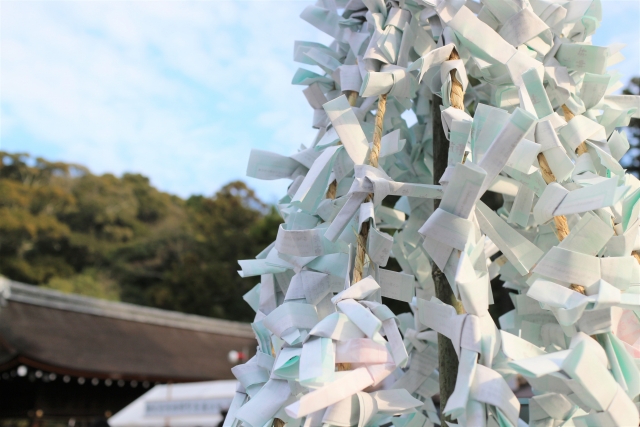
Should You Keep a Good Fortune?
Yes! Many people keep their good omikuji in wallets or bags for continued blessings.
What to Do With a Bad Fortune?
Tie it to the designated area (called a musu-bi-dokoro) at the shrine. This symbolizes leaving behind the misfortune and asking the gods for better fortune ahead.
What Is a “Musu-bi-dokoro”?
It’s a special rack or string where visitors tie their omikuji, especially if the message wasn’t favorable. You’ll see rows of tied papers fluttering at most shrines—it’s quite a sight!
Fun Facts and Omikuji Etiquette
Unique Types of Omikuji
Some shrines offer themed omikuji, like love fortunes (koi-mikuji), money fortunes, or even anime character omikuji. These make great travel keepsakes!
Do’s and Don’ts
- Don’t read your omikuji out loud in sacred spaces.
- Taking photos is usually okay—but be mindful of signs and local customs.
Are There Omikuji Vending Machines?
Yes! In busy tourist areas or large shrines, you might find omikuji vending machines—some even offer English or themed fortunes!
Experience Japanese Culture Through Omikuji
Drawing omikuji is more than just finding out your luck—it’s a chance to connect with Japan’s spiritual culture and traditions. Whether it’s great fortune or something more reflective, omikuji offers insight, fun, and a meaningful souvenir from your trip.
Why not try one and make it a memorable part of your Japan journey?

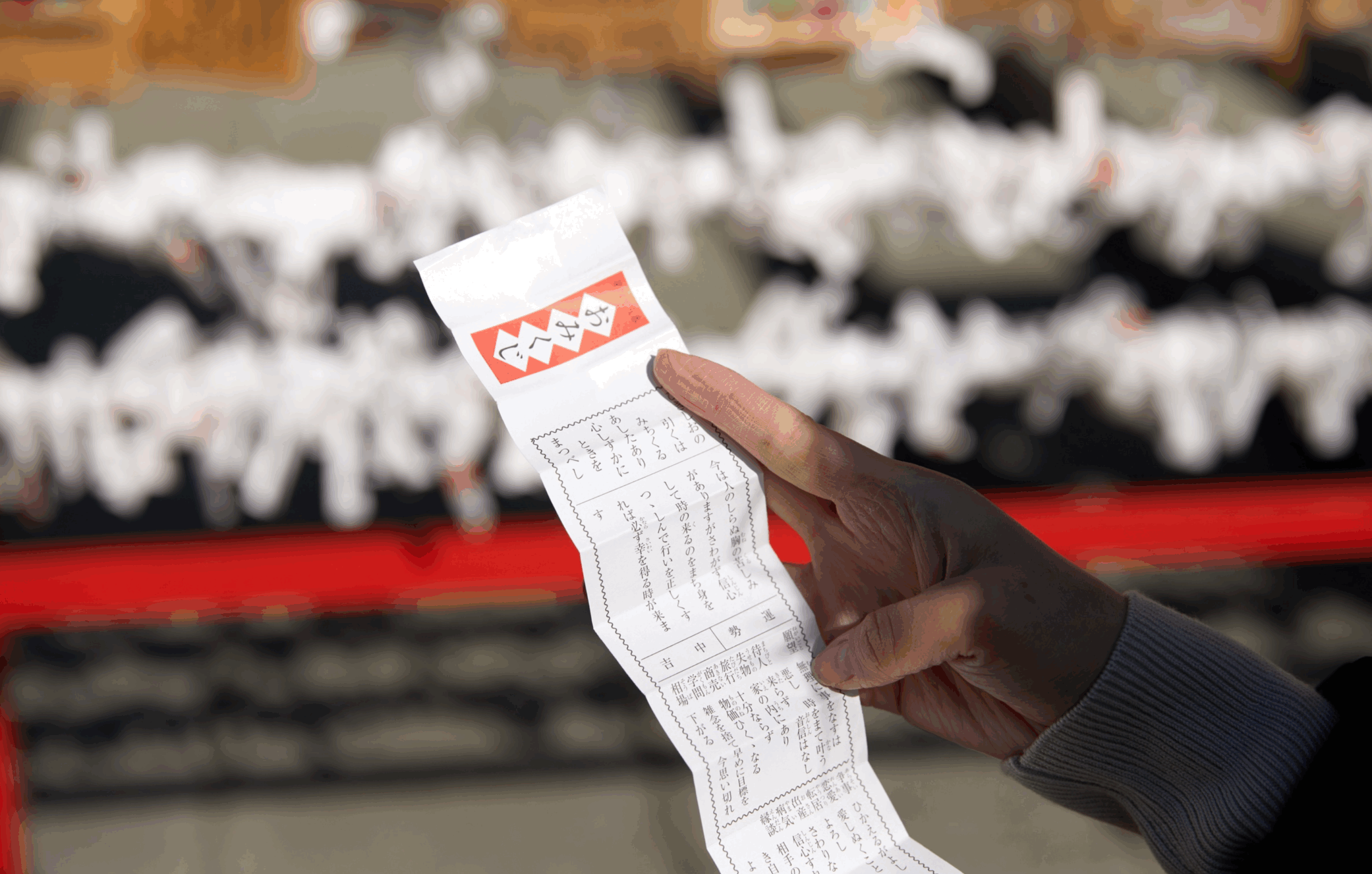
No responses yet